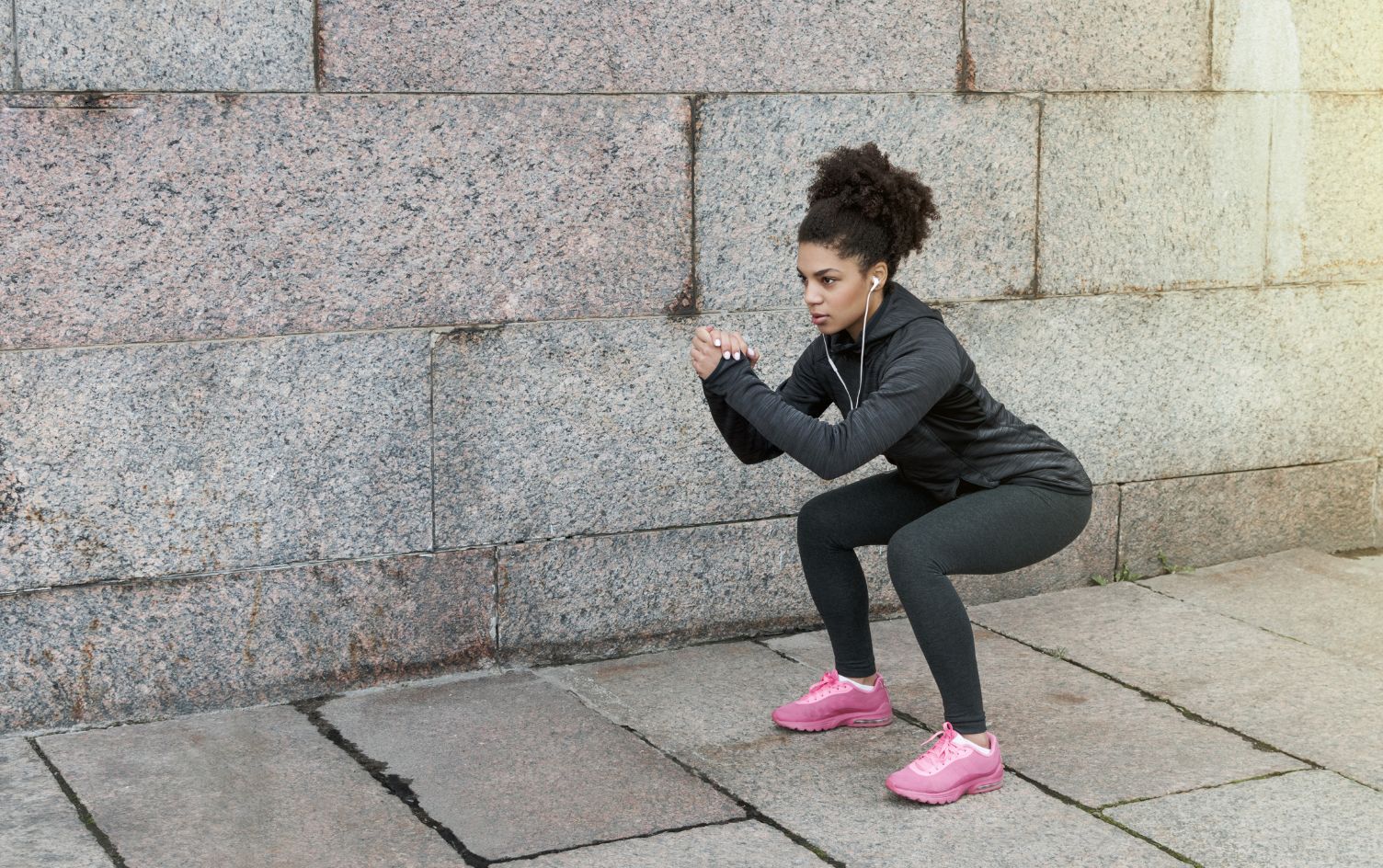With just a few short bursts of high intensity with periods of rest, you can see more results in less time than most workouts. Yes, high-intensity interval training can seem like a workout gift from the gods. Even better, HIIT workouts apply to cycling, swimming, weight training, bodyweight exercises and even walking.
Promising major results in little time, it’s true that HIIT may seem too good to be true. But if you’re not seeing results, you’re not the only one. The biggest caveat of HIIT is that the intensity really has to be high.
“For HIIT to be effective, you have to exercise at a challenging intensity. You need to be working hard-to-very hard during the hard bouts in order to put the correct and effective challenge on your cardiovascular system,” explains Dr. Len Kravitz, an exercise scientist at the University of New Mexico. “Often, people get the work-to-rest ratio right and it seems like what they’re doing is a HIIT workout, but what they’re doing isn’t intense enough during the high-intensity part,” explains Jason Loesch, a personal trainer and co-owner of the Minneapolis-based Hell Bent Fitness.
YOU MUST NAIL THE INTENSITY
The efficacy of HIIT training hinges on achieving an EPOC state which stands for “excess post-exercise oxygen consumption.” According to the ACSM, the high-intensity intervals should clock in at “80–95% of a person’s estimated maximal heart rate, the maximum number of times your heart will beat in a minute without overexerting yourself.”
Loesch explains that “you can think of it as oxygen debt. [After a proper HIIT workout] your body is basically running on an oxygen debt, trying to catch up with the lack of oxygen created by the training. It’s because of this debt that you continue to burn calories for somewhere between 24–48 hours after a HIIT workout.”
READ MORE > 6 EXERCISES THAT BURN CALORIES IN OVERDRIVE
FIGURING OUT THE INTENSITY
Kravitz explains that your maximum heart rate can be ‘estimated’ by using the formula: 220 – age = maximum beats per minute. For example, a 40 year old would have an estimated maximum heart rate of 180 beats per minute, calculated by subtracting 40 from 220. Therefore, the 80–95% recommendation for this person would be between 144–171 beats per minute.
For those who have a heart monitor or another way to measure your heart rate as you work out, you’re all set. If you don’t, Loesch’s approach is a less complicated one: “You should have a hard time completing an entire sentence when you’ve finished your interval. When I’m working with people, I like to talk to them afterwards, and if they’re able to finish a full sentence, I know they’re not pushing themselves hard enough.”
On the flip side, it’s possible to overdo it. “I see a lot of people going too long on intervals. One minute is way too long. You could probably push it up to 40 seconds, but I’d keep it in the 20–30 second range and even shorter for a sprint. It’s about intensity not endurance,” Loesch adds.




